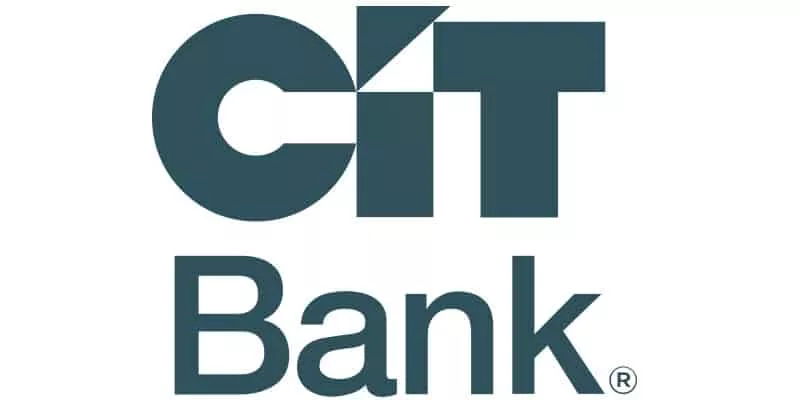Ready to unlock the secrets of getting a personal loan from a bank? Look no further. In this step-by-step guide, we'll show you exactly how to navigate the process and secure the funds you need.
How to get a personal loan from a bank
Personal loans from our partners
SoFi Bank
Loan Amount
$5K- $100K
APR
8.99- 29.99%
On SoFi Bank's Secure Site
Upgrade
Loan Amount
$1K- $50K
APR
9.99%-35.99%
On Upgrade's Secure Site
Axos Bank
Loan Amount
$7K- $50K
APR
11.79% - 20.84%
On Axos Bank's Secure Site
Step 1: Assess your credit history
The first step in the process of getting a personal loan from a bank as well as an online lender, is to assess your credit history and score. The higher your credit score, the better chance of approval and possibly a lower interest rate.
The national average FICO® Score stands at 717 as of October 2023.

Step 2: Assess your finances
Take a look at your financial situation to determine the appropriate loan amount. This involves taking a close look at your income, expenses, and existing debt load to get a clear picture of your financial health and borrowing capacity.
Begin by reviewing your monthly income. Take into consideration all sources, including your primary job, any side gigs or freelance work, and any other sources of revenue. This will give you a sense of how much you have available to dedicate towards loan payments each month.
Carefully review your monthly expenses. This includes rent or mortgage payments, utilities, transportation costs, and any other recurring bills or obligations. This will help you determine how much you can realistically afford to pay towards a personal loan each month.
Take a look at your existing debt load. This includes any outstanding balances on credit cards, student loans, auto loans, or other types of debt. It's important to factor in the monthly payments and interest rates associated with these debts, as they will impact your borrowing capacity and the terms you may be offered for a personal loan.
With this information in hand, you can then determine the appropriate loan amount that aligns with your financial situation and goals.
As a general rule of thumb, it's recommended to keep your total debt-to-income ratio (including the new personal loan) below 43%. This ensures that you have enough room in your budget to comfortably make your loan payments without stretching your finances too thin.
Step 3: Research and compare loan options from different banks
Once you have a clear understanding of your financial situation and the loan amount you need, the next step is to research and compare loan options from different banks.
This involves gathering information on the various personal loan products such as signature loans, offered by different lenders as well as the terms and conditions associated with each.
Start by creating a list of the banks and other financial institutions in your area that offer personal loans. This can include traditional brick-and-mortar banks, as well as online lenders and credit unions.
As you research different loan options, be sure to pay close attention to the following factors:
- Interest rates: Compare the annual percentage rates (APRs) offered by different lenders to ensure you are getting the best possible interest rate.
- Loan terms: Look for lenders that offer a range of repayment periods, from short-term to long-term, to find the option that best fits your needs.
- Fees and charges: Be aware of any origination fees, prepayment penalties, or other charges that may be associated with the loan.
- Eligibility requirements: Understand the credit score, income, and other criteria that lenders use to determine loan approval and terms.
Once you determine which bank offers the best personal loan for your financial situation, utilize online calculators to estimate the total cost of the loan and monthly payment.
Step 4: Gather necessary documents
With your research complete and your loan amount determined, the next step in the process is to gather the necessary documents and prepare your loan application.
This can be a critical step in the process, as lenders will use the information and documentation you provide to evaluate your creditworthiness and determine the terms of your loan.
The specific documents required may vary from lender to lender, but generally, you can expect to need the following:
- Proof of identity (e.g., driver's license, passport, or other government-issued ID)
- Proof of income (e.g., pay stubs, W-2 forms, tax returns, or bank statements)
- Information about your existing debts and financial obligations (e.g., credit card statements, loan statements, and mortgage or rent payments)
- Details about the purpose of the loan (e.g., debt consolidation, home improvement, or a major purchase)
Step 5: Get pre-qualified personal loan offers
After identifying potential lenders, pre-qualify to preview loan offers and estimated APRs. This soft credit check won't impact your score.
Pre-qualify with multiple lenders to compare rates. You'll need to provide personal information like name, birthdate, income, and loan purpose.
Step 6: Apply for the loan
You may be able to complete an online application, depending on the lender's requirements. Whether you apply online or in-person, be sure to double-check your application for accuracy and completeness, as any errors or omissions could delay the approval process or even result in your application being rejected.
If you're unsure about any aspect of the application process, don't hesitate to reach out to the lender directly for guidance and support.
Many banks and financial institutions have dedicated customer service teams that can walk you through the process and answer any questions you may have. This can help ensure that your application is submitted correctly and efficiently, increasing your chances of approval.
Step 7: Loan approval process and what to expect
After submitting your personal loan application, the next step is the approval process. This can be a nerve-wracking experience, but understanding what to expect can help you navigate the process with confidence.
The first step in the approval process is the hard credit pull. The bank will review your credit history, credit score, and overall creditworthiness to determine whether you are a good candidate for the loan. They will also consider factors such as your income, employment status, and existing debt load to assess your ability to repay the loan.
Despite the bank having performed a soft credit pull, when a borrower completes a full loan application, a hard credit pull is necessary for the following reasons:
More detailed credit information: Hard pulls provide lenders with a comprehensive view of a borrower's credit history, including specific account details, payment history, and any recent credit inquiries.
Accurate risk assessment: This detailed information enables lenders to conduct a more thorough risk assessment and determine the final loan terms, including interest rates and credit limits.
Compliance with regulations: In many cases, lenders are required by regulations to conduct a hard pull before finalizing a loan agreement.
Step 8: Sign loan agreement and get funded
If your application is approved, the bank will then provide you with the loan terms, including the interest rate, repayment period, and any fees or charges associated with the loan.
It's important to review these terms carefully to ensure that they align with your financial goals and budget. If you have any questions or concerns, don't hesitate to reach out to the bank for clarification.
The bank will then disburse the loan funds to you, typically within a few business days. The funds may be deposited directly into your bank account, or you may receive a check or other form of payment.
Final takeaway
In conclusion, getting a personal loan from a bank can be a straightforward process that offers benefits over an online lender. However, it's important to approach it with a clear understanding of your financial situation and the steps involved.
Here are a few final tips to keep in mind as you navigate the personal loan application process:
- Start early : Don't wait until the last minute to begin the process. Allow yourself plenty of time to research your options, gather the necessary documents, and submit your application.
- Improve your credit score : Work on improving your credit score before applying for a loan, as this can significantly impact the interest rate and terms you are offered.
- Avoid multiple applications : Applying for multiple personal loans at once can actually hurt your credit score, so focus on one or two lenders at a time.
- Communicate openly with the bank : If you have any questions or concerns during the process, don't hesitate to reach out to the bank for guidance and support.
- Review the loan terms carefully : Before accepting the loan, make sure you understand all of the terms and conditions, including the interest rate, repayment period, and any fees or charges.
By following these tips and the steps outlined in this guide, you can navigate the personal loan application process with confidence

















